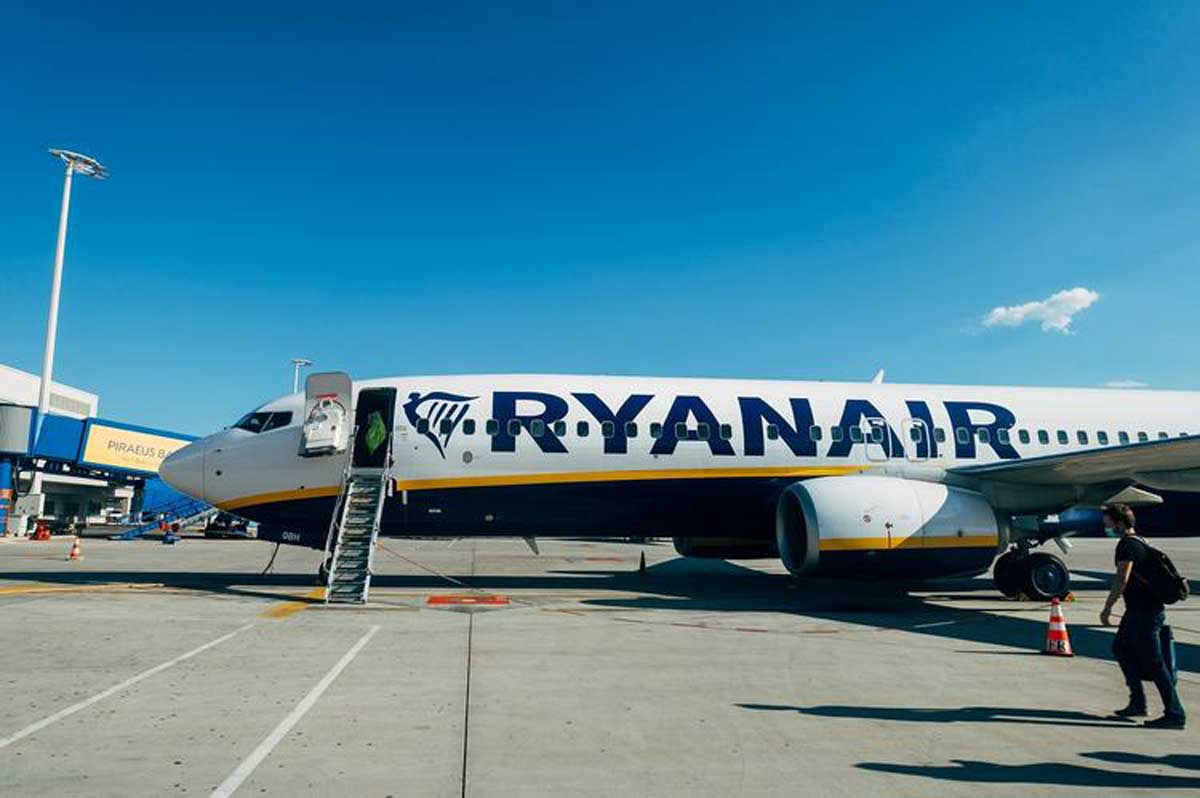During Sunday’s Ryanair flight from Katowice, Poland to the Greek capital, Athens, an incident occurred – the crew received a message about a bomb threat. Two F-16 fighters took off into the sky to escort the “problem” liners.
Ryanair Flight 6385 took off from Katowice Wojciech Korfanta Airport (KTW) at 14:22 and was scheduled to land at Athens Eleftherios Venizelos International Airport (AIA) at 17:05 ET. Shortly after takeoff, a bomb threat was reported, forcing Greek fighters to escort the aircraft to its destination.
The Boeing 737 landed in Athens at 17:39 local time and was directed to a remote part of the airport where the police could thoroughly search it. All 190 passengers were safely evacuated from the aircraft. Examination of the cabin, and checking passengers and their luggage did not lead to anything – the bomb was not found.
Where the bomb threat came from is still unknown.
Sunday’s bomb threat continued the nasty trend of one bomb threat every week in 2023.
Last Saturday, an Azur Air charter flight from Perm International Airport (PEE) in Russia to Goa International Airport (GOI) in India was diverted to Termez International Airport (TMJ) in Uzbekistan after a bomb alert was issued. All passengers could disembark safely, and ultimately no foreign or suspicious objects were found on board the Boeing 757 operating the flight.
On January 7, a Jetstar flight from Tokyo Narita International Airport (NRT) to Fukuoka Airport (FUK) was diverted to Chubu Central International Airport (NGO) for the same reason. As with the Azul Air flight, the bomb threat was ultimately debunked and all 136 passengers and crew could disembark safely from the Airbus A320.
So far, the only thing all three bomb threats have in common is that none of them were credible. However, the fact that so many threats have emerged in such a short time is worrying. As travel demand continues to recover and in some cases even exceeds pre-pandemic levels, it is imperative that transport safety agencies can ultimately keep travelers and airline workers safe.

